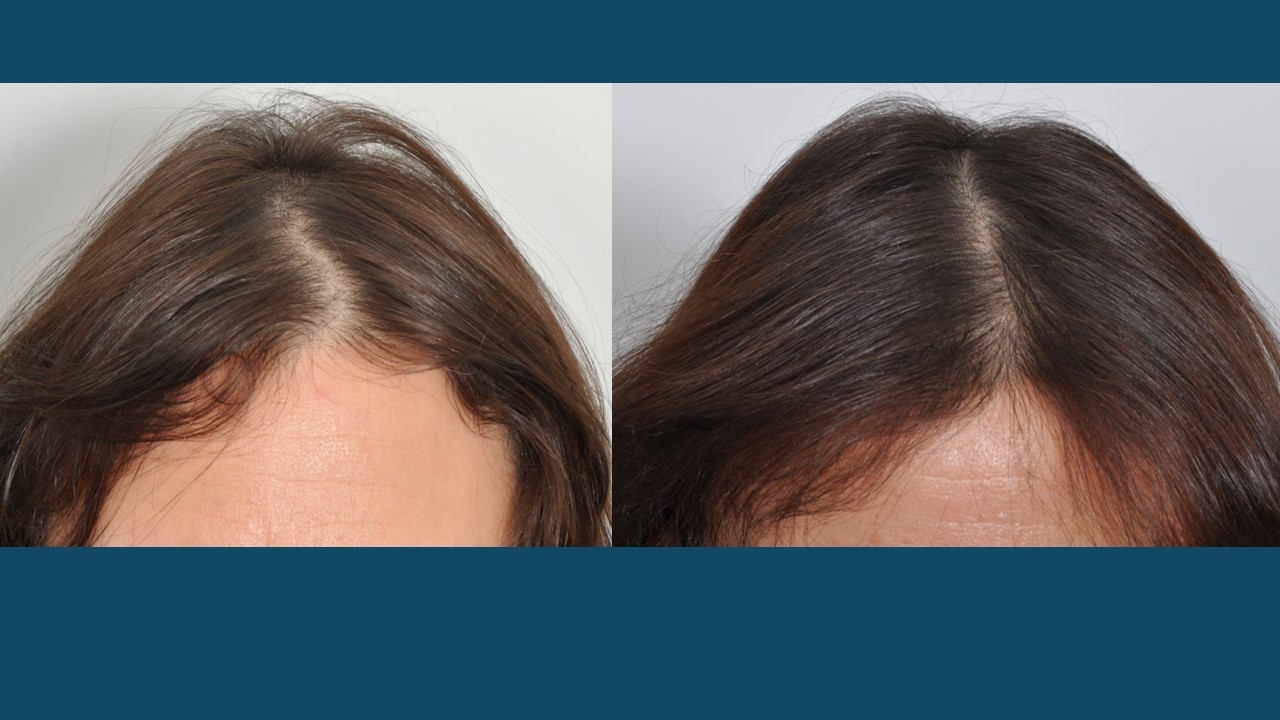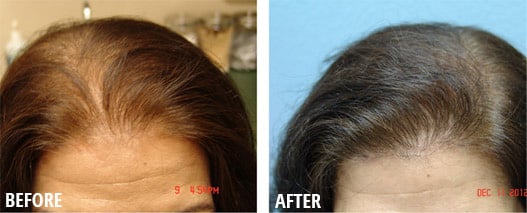Table Of Content

As mentioned above, you’ll want to really consider how an oil might affect your hair type. Dr. Nathan says those with fine or naturally oily hair should limit this practice to the scalp only. Mehta wouldn’t recommend this to those with skin conditions such as scalp infections and allergies, as hair oiling might exacerbate those issues. But as with everything, you only see results if you’re using the right oils and doing it consistently. If you have fine hair, keeping oil on your scalp and ends for an extended period of time can possibly weigh your hair down (more on this below, though).
How to Use Olive Oil in Hair
For most of us, a hair oil massage for the hair is a tradition passed down through generations, making it almost as routine as washing your strands. But even if you've been doing it for years, it's helpful to hit refresh on the best practices. We spoke to Dr Geetika Mittal Gupta, medical director of ISAAC Luxe, and a big hot oil treatment fan, to tell us how she does it. Peppermint oil is good for all hair types but may be especially beneficial for folks who experience excessive hair shedding or hair loss.
Guideline for Oiling Durations
Before you turn your whole head into an oil slick, do a quick patch test to make sure you don’t have an allergy to that type of oil. Massaging oil into your scalp will boost blood flow and just might come with a host of other benefits. And according to research from 2016 and 2019, even scalp massage can result in increased hair thickness. Shannen Zitz is an Assistant Editor at Prevention, where she covers all things lifestyle, wellness, beauty, and relationships.
May promote hair growth
How to apply oil to hair and how often to oil hair are two concerns that go hand in hand. As per Ayurveda, oiling the hair must be a part of one’s daily routine however that is not practically possible these days. The best is to oil your hair the night before you are planning to wash your hair. If overnight oiling is not possible for you, you can apply oil about half an hour to an hour before washing the hair.
Best hair oils: These 9 oils will nourish, protect, and shine your hair in summer - Moneycontrol
Best hair oils: These 9 oils will nourish, protect, and shine your hair in summer.
Posted: Tue, 23 Apr 2024 10:20:39 GMT [source]
Some even work to minimize bacteria and promote hair growth, says Kim Kimble, celebrity hairstylist. This combination of high-quality ingredients is exactly what you’d expect from a skin-care maven famous for her nourishing and moisturizing products. And, considering how connected your skin and hair are, it makes total sense that Josie Maran would take the tried-and-true argan-oil formula to your roots. As an added bonus, sweet almond oil contains fatty acids that can protect against ultraviolet (UV) radiation which can cause hair dryness, brittleness, loss of color, and decreased luster. Avoid oiling your hair if you have an oily scalp “There are high chances of getting an infection if you apply oil frequently on an oily scalp.
Another study from 2021 found that coconut oil strengthens hair fibers. Especially for hair that’s been affected by intense styling and heat damage, hair oiling can fill in some gaps to keep it moisturized and, in turn, silky smooth. Perfect for frizz, damage, and all hair types, you’ll increase shine and smooth strands. This weightless blend of coconut, apricot, and sunflower oil is light and effective without the use of silicones.
Essential oils are not water soluble, but can be mixed with fats, alcohols, and ethers. Olive oil is pretty thick, so it often requires good effort once you’re ready to remove it. You know that esteemed list of cure-alls—Aquaphor and WD-40 and Windex and dark chocolate, just to name a few—that you can’t live without?
Dr. Khetarpal points out that hair oiling isn’t going to affect each head of hair the same way. Chances are, most of the articles and social media posts involve applying oil directly to your scalp. But this particular method of hair oiling may not work for everyone.
Hair Oiling: This Self-Care Treatment Might Be a Recipe for Perfect Hair-mony
Previously the Editorial Assistant at Prevention, she graduated from the State University of New York at Cortland with a bachelor's degree in English. If she’s not reading or writing, you can probably find her frequenting the skincare and makeup forums on Reddit or hogging the squat rack at the gym. The age-old practice may be the key to healthier, stronger strands. Massaging your scalp too fast or vigorously can break your hair.
While the choice of oil might vary, the benefits of hair oiling can be harnessed by all hair types, be it curly, straight, wavy, or coily. But, even better, the process of hair oiling can have a positive impact on your mental health, too. In Ayurveda, the ritual of self-massage, self-love and self-care is known as ‘abhyanga’ and involves seeing your hair as an extension of your body’s energy. ‘The crown chakra is an energetic point that, when touched, helps release stress,’ explains Akash.
If your hair is sweaty and too dirty, it is recommended that you don’t apply oil to it. You want to reap the benefits of your hair oil, without having to deal with dirt trapped inside your pores. Oiling your hair everyday also means that you have to wash it with shampoo everyday.
While it can be done both during the day and night, Mehta says that leaving oil in overnight allows for better absorption and nourishment. But in the end, it’s all dependent on how it works with your schedule. Sounds simple enough, but if you’ve been curious to see what the hype is all about, you’ve come to the right place. To better understand the benefits and how to properly put oil in our hair, we turned to the experts.
“Hair with a curl is naturally drier so an oil coats the hair and absorbs for a smoother cuticle,” Eliot explained. These don't weigh your hair down and allow the benefits of the oil to shine through. With these techniques, you're not just washing your hair, you're nurturing it. Proceed to apply the oil along the length of your hair, ensuring it's evenly coated from root to tip. Rooted in ancient practices and cherished for centuries, oiling has always been a cornerstone for hair vitality and luminescence.





